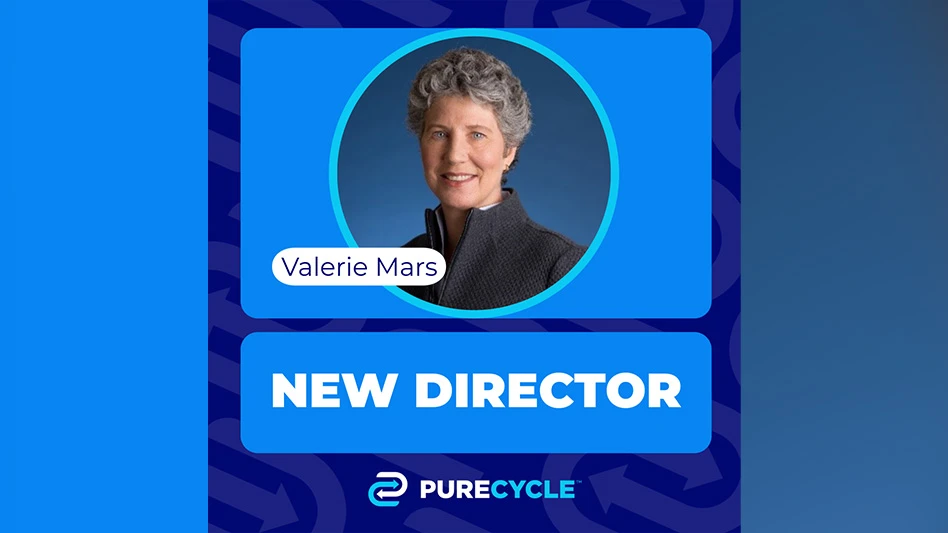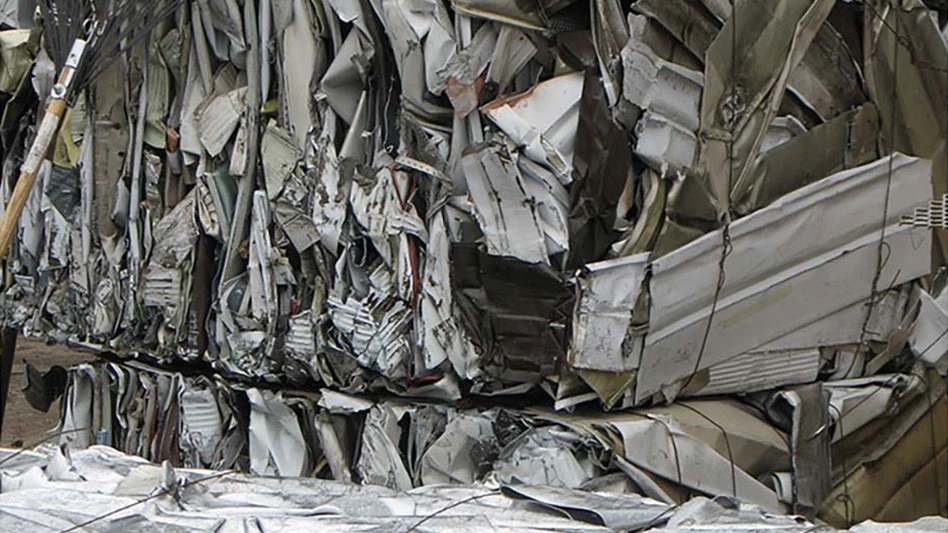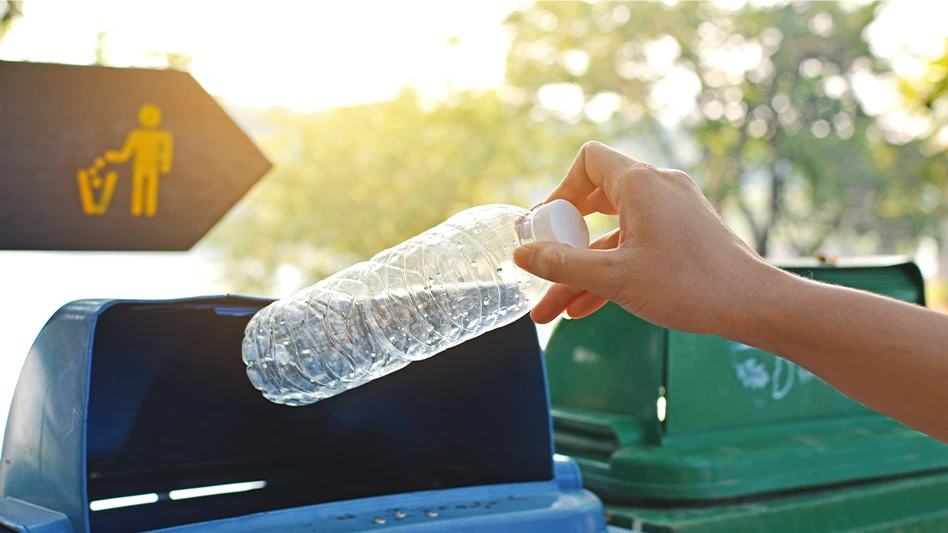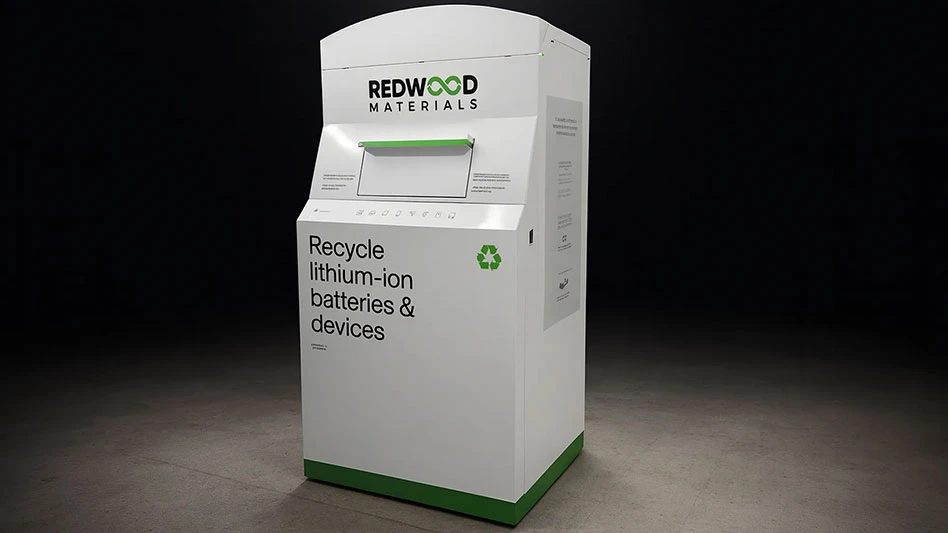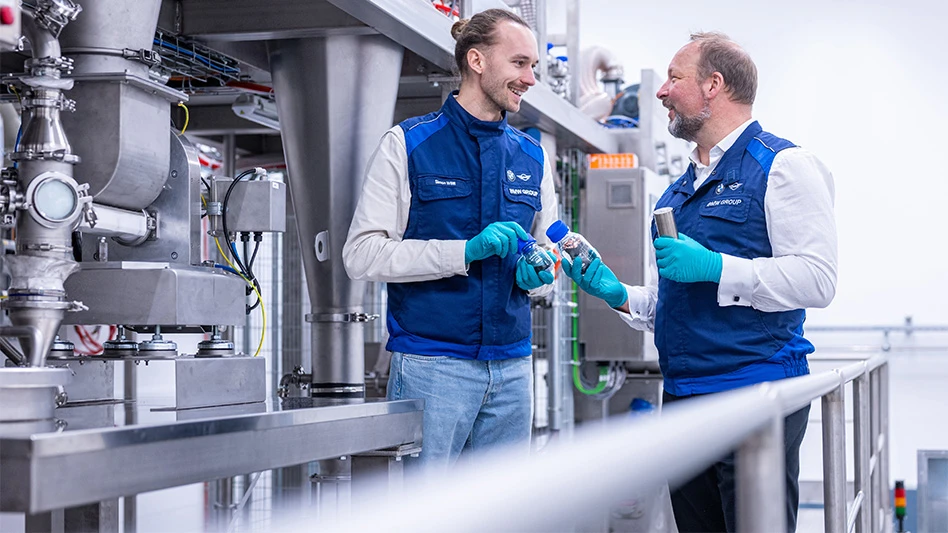The National Waste and Recycling Association (NWRA), Washington, has published the revised industry standard pertaining to the design, manufacturing, operation and maintaining of material recovery facilities (MRFs). The standard for “Equipment Technology and Operations for Wastes and Recyclable Materials - Facilities for the Processing of Commingled Recyclable Materials - Safety Requirements,” otherwise known as ANSI Z245.41-2015 was last updated in 2008, NWRA says.
ANSI, or the American National Standards Institute, Washington, reaccredited NWRA in September 2015 to serve as the secretariat for Z245 standards for equipment, technology and operations for the waste and recyclable industry. NWRA and its predecessor organizations have served in this role since 1972.
The new standard specifically addresses single-stream processing, including sorting done mechanically using equipment such as separator screens, optical sorters and glass breakers. In this method, material is quality control checked by employees performing manual sorting of the final product. The previous standard that was released in 2008 focused on dual-stream processing systems more relevant to older recycling practices, according to NWRA.
“After 20 years of recycling, a lot has changed in the recycling industry, especially with the advances in equipment,” says Susan Eppes, chair of the Z245 Accredited Standards Committee. “The Z245.41-2015 standard addresses these changes and keeps manufacturers and operators of MRFs current on safety standards.”
NWRA says ANSI Z245.41-2015 is available for $120 for nonmembers and $60 for members through the association’s e-store at wasterecycling.org.
NWRA is an organization that provides leadership, advocacy, research, education and safety expertise for the waste and recycling industries.
ANSI, or the American National Standards Institute, Washington, reaccredited NWRA in September 2015 to serve as the secretariat for Z245 standards for equipment, technology and operations for the waste and recyclable industry. NWRA and its predecessor organizations have served in this role since 1972.
The new standard specifically addresses single-stream processing, including sorting done mechanically using equipment such as separator screens, optical sorters and glass breakers. In this method, material is quality control checked by employees performing manual sorting of the final product. The previous standard that was released in 2008 focused on dual-stream processing systems more relevant to older recycling practices, according to NWRA.
“After 20 years of recycling, a lot has changed in the recycling industry, especially with the advances in equipment,” says Susan Eppes, chair of the Z245 Accredited Standards Committee. “The Z245.41-2015 standard addresses these changes and keeps manufacturers and operators of MRFs current on safety standards.”
NWRA says ANSI Z245.41-2015 is available for $120 for nonmembers and $60 for members through the association’s e-store at wasterecycling.org.
NWRA is an organization that provides leadership, advocacy, research, education and safety expertise for the waste and recycling industries.
Latest from Recycling Today
- Ford pivots away from EVs
- McNeilus to showcase advanced refuse, recycling technology at CES 2026
- Greyparrot report highlights improving recycling efficiency
- SWANA, NWRA, ReMA release guide to improve MRF battery management
- World Bank predicts steady 2026 metals pricing
- Nucor sees tighter margins to close out 2025
- Liberty Tire announces $1.4M equipment upgrade at North Carolina facility
- Kansas City, Missouri, to receive $5M grant from EPA
